Community: The Secret to Stopping Deforestation in Guatemala
The forest concessions of the Maya Biosphere Reserve have boasted a near-zero deforestation rate for 20 years.
Home / Regions / Central America & Mexico / Page 14
Mexico and Central America are world leaders in granting land rights to local and indigenous people—a crucial step in protecting forests. But even with significant gains in rights, forest communities are facing threats from agricultural expansion, illegal loggers, and drug traffickers.
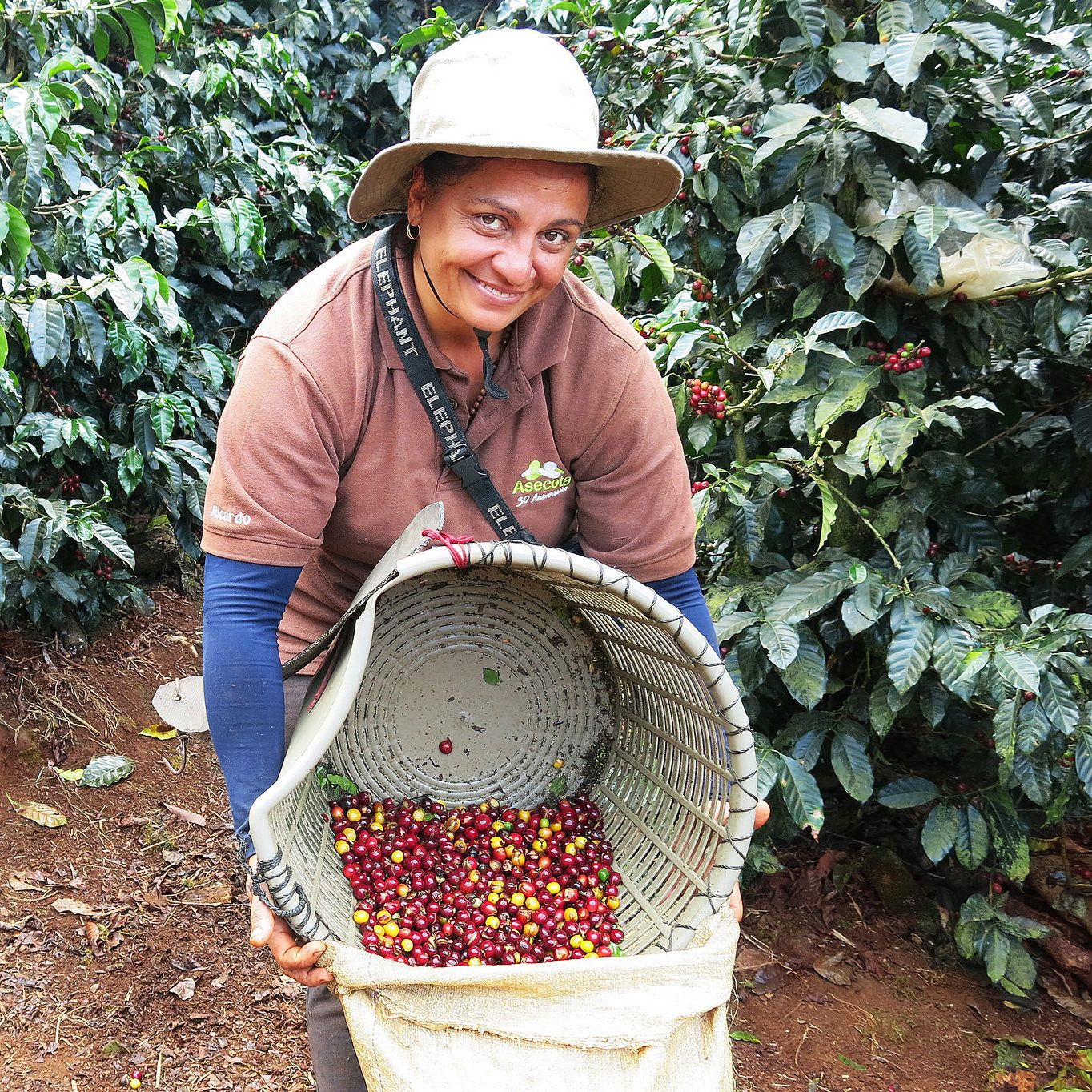
Farmers in Mexico and Central America are already dealing with the effects of climate change: shorter growing seasons, unpredictable rainfall, and a surge in plant diseases and pests. Crops like coffee and bananas could become rare delicacies in the future without bold climate action—but the livelihoods and well-being of farming communities are in jeopardy now.
Our impacts in Mexico and Central America are nothing short of stunning: In areas managed by our partner communities in Guatemala’s Maya Biosphere Reserve, for example, logging has remained at almost zero since 2001—remarkable given that adjacent areas suffer some of the worst deforestation rates in the Americas.
![]()
equivalent annual emissions of greenhouse gases removed from the atmosphere
We provided technical assistance to a group of coffee farmers in Oaxaca, Mexico, who launched an agroforestry project to remove 130,000 tons of greenhouse gas emissions (the annual emissions of 27,000 cars) from the atmosphere over 30 years through reforestation of degraded land.
![]()
have studied our environmental curriculum in Mexico and Guatemala
We not only provide training and curricula to teachers in southern Mexico and Guatemala, but we also help build local networks so educators can sustain this vital environmental education work in their communities for years to come.
In a region hard hit by climate change, the Rainforest Alliance focuses on advancing community forestry, sustainable agriculture, ecotourism, and environmental education to defend vulnerable landscapes and support rural communities.
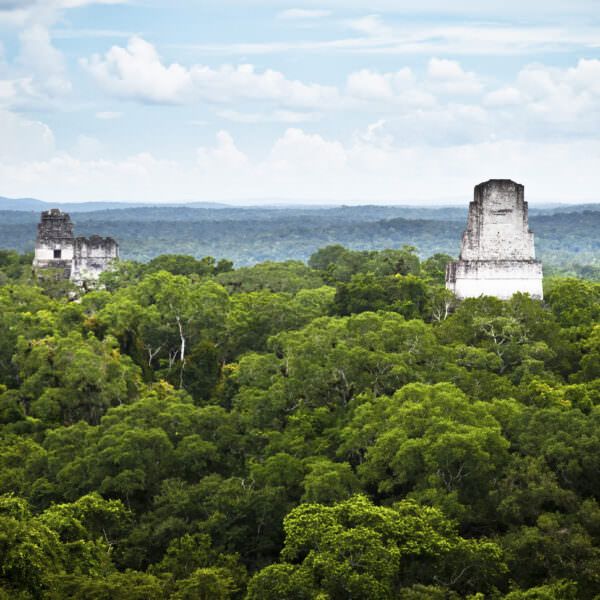
The forest concessions of the Maya Biosphere Reserve have boasted a near-zero deforestation rate for 20 years.
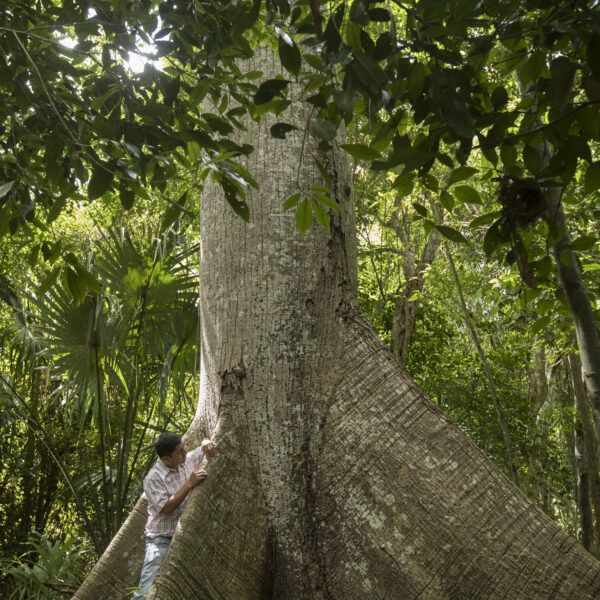
We are working to grow Mexico’s domestic market for sustainably produced products.
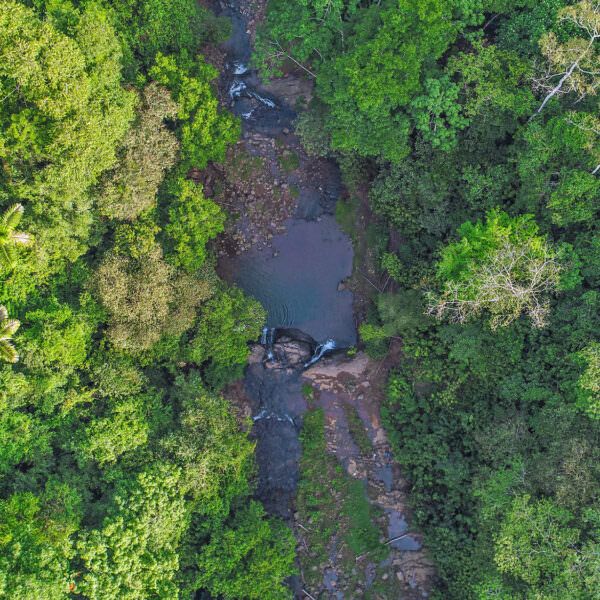
This farm doesn't just grow bananas–it's producing biodiversity, fresh air, and stronger soils.

Sustainably harvested wood is at the heart of this new business run by indigenous Maya women.

Mexico is characterized by a strong community forestry sector. The Mexican Revolution (1910-1917) introduced an agrarian reform process implemented in successive waves during the 20th century. Over a period of 70 years, lands nationwide were titled to two types of rural communities—ejidos and indigenous communities—which now collectively hold an estimated 60.3 percent of the national […]

This report is the second of ten case studies produced as part of a community forestry project in Guatemala, Honduras, Mexico, Nicaragua, and Peru. The study chronicles work undertaken with indigenous Miskitu communities in the Kruta-Caratasca basin, at the extreme eastern tip of Honduras, to manage and market batana oil, a non-timber forest product that […]

This report is the first of ten case studies produced as part of a community forestry project in Guatemala, Honduras, Mexico, Nicaragua and Peru. The study focuses on the indigenous Mayangna of Awas Tingni, located in the North Atlantic Autonomous region of Nicaragua, an area where the Rainforest Alliance has been working since 2007. The […]

In this PhD dissertation, Rebeca de Jesus Crespo of the University of Georgia evaluates the impact of coffee agroforestry on high elevation streams in Costa Rica, assesses the effects of shade tree cover requirements on water quality, and makes recommendations for maximizing the effectiveness of NGO-academia partnerships.
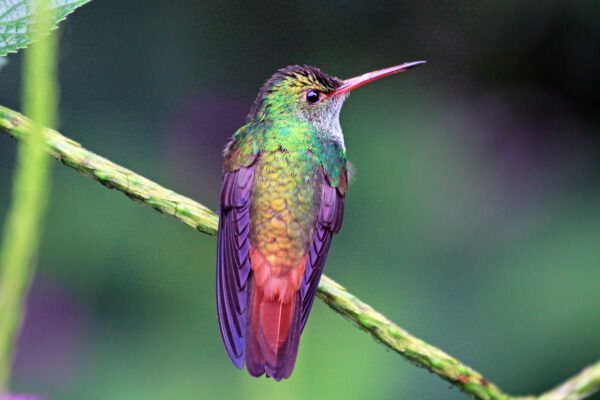
The vibrant plumage and distinctive songs of migratory birds are not just aesthetic and aural gifts from nature. They are indicators of the biodiversity health of a given landscape. If migratory birds are thriving, then the ecosystems needed to sustain them along their long routes are also flourishing.
Some migratory bird routes are just a short flight to a different elevation on a mountainside, while other routes span thousands of miles across continents. Whatever the length of the passage, migratory...... Continue Reading

A new report published today by the Climate, Nature and Communities in Guatemala (CNCG) project analyzes deforestation trends in the 2.1 million-hectare Maya Biosphere Reserve (MBR), the largest protected area in Mesoamerica. The report confirms that production forestry in the hands of local communities can conserve forests as effectively as strict reserves. CNCG is a project financed […]